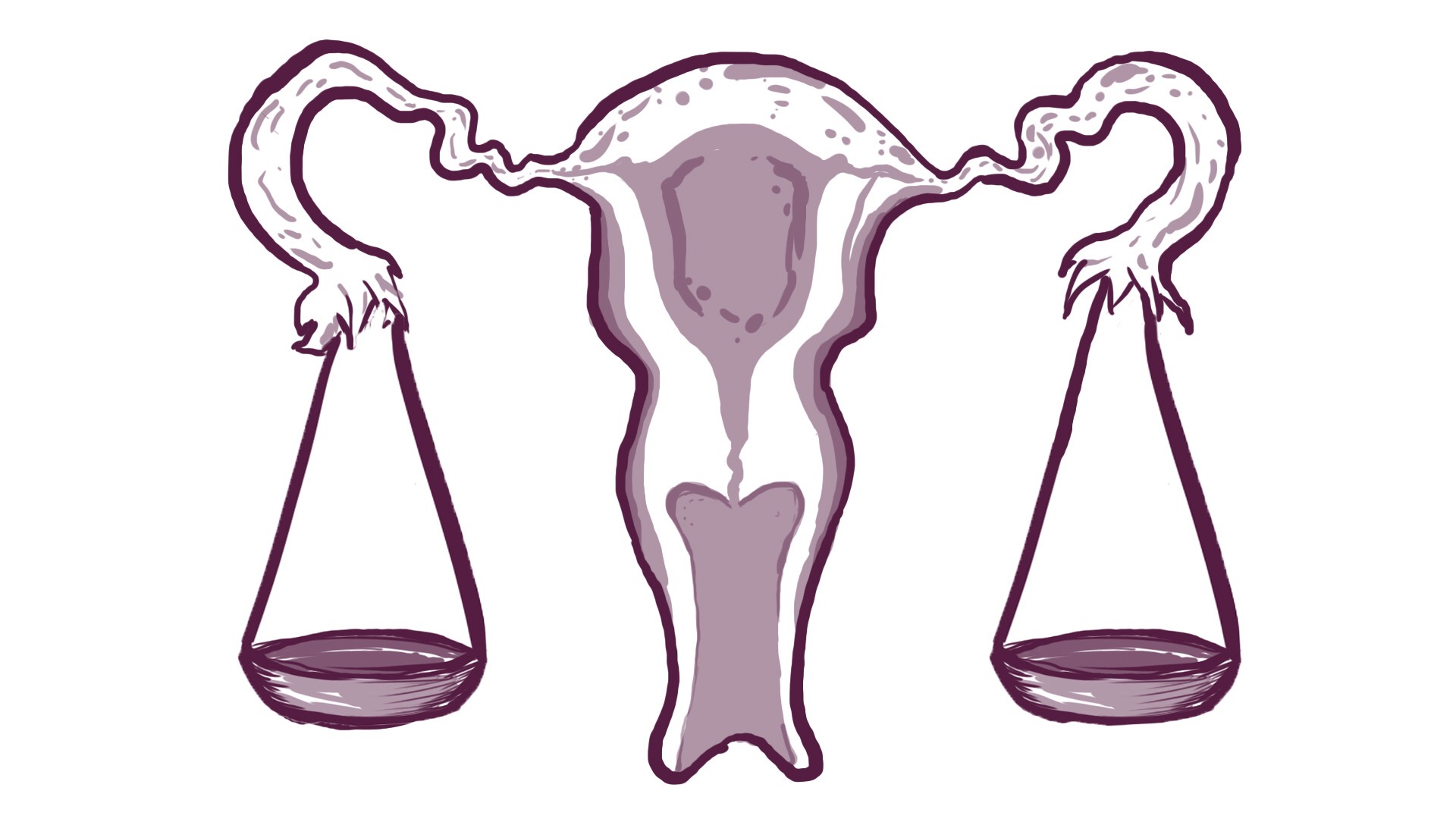This Monday marked the 45th anniversary of the Supreme Court’s Roe v. Wade decision, a ruling that made abortion legal on the federal level. What preceded the Roe decision was a dark age for women; in the many states that had not legalized the procedure, socioeconomic status and the government had the unilateral power to force a woman to give birth, or subject her to the cruelty and danger of a back-alley procedure. In a society where abortion is illegal, those are the only options available to women who lack the privilege of being able to receive education about or afford birth control. And historically, the women who found themselves caught in this trap were often low-income women of color and immigrants.
Forty-five years later, we may never know how many died or were severely injured while having unsafe versions of the procedure in parts of the country where abortion was illegal, nor how many women were deprived of opportunity from being impelled to go through with an unintended pregnancy.
Today, “Never going back” is a defining slogan of the abortion rights movement because it acknowledges the past that we as a country have progressed from.
Last summer, Oregon’s female governor signed into law a bill that ensured insurance coverage of abortion for all, including undocumented women in the state. Last fall, Illinois’ notably Republican governor signed into law a bill ensuring low-income women and government workers received insurance coverage for abortion. Last week, California’s state Senate Education and Appropriations committees moved forward a bill that would require the state’s public colleges to offer medication abortion services. Since the Roe decision more than four decades ago, different parts of the country are embracing progress; every Jan. 22, it’s important to celebrate the landmark decision that made this progress possible.
And yet, the anniversary of the Roe decision must also serve as an annual reminder of how much work there remains to be done. Perhaps fewer women are dying from botched back-alley procedures, but the fact that this phenomenon persists 45 years later is concerning.
In 2018, 87 percent of U.S. counties lack an abortion provider. The United States has the highest maternal mortality rate in the industrialized world, and states with more restrictions on abortion have even higher mortality rates. Abortion restrictions have detrimental consequences for women’s health, in general, but disproportionately affect women of color: Black women are 243 percent more likely to die of pregnancy or birth-related causes than their white counterparts.
Across the country, a quarter of all of the more than 1,050 restrictions on abortion enacted since Roe were passed in the five years between 2011 and 2016 alone; they range from bans on the procedure at different stages of the pregnancy to costly mandated waiting periods and counseling. The 42-year-old Hyde Amendment and myriad state laws across the country bar insurance coverage of the procedure, rendering basic health care virtually inaccessible for low-income women.
Barriers to access extend beyond anti-abortion legislation. Between 1977 and 2015, anti-abortion extremists engaged in more than 7,200 reported acts of violence against abortion providers, ranging from death threats and assaults to bombings and arson, according to the most recent data from the National Abortion Rights Action League.
Even as abortion enters its 45th year of legality, this trend persists, and even appears to be on the rise. And while the internet has helped circulate crucial women’s health information to more women around the world, it has also fostered the circulation of dangerous propaganda about the procedure, such as the disproven lies that abortion causes infertility, breast cancer or post-traumatic stress disorder, effectively stinting women’s right to make informed choices about their bodies.
With few exceptions such as Gov. Rauner and Maine Sen. Susan Collins, Republicans across the country have constructed their platform around demonizing and dismantling access to abortion and reproductive health care — all while Democratic Party leadership attempts to distance the party from the controversial issue.
Today, minors, undocumented women, trans and gender-nonconforming people, low-income women and women of color still face far too many obstacles to access a basic medical procedure; the technical legality of abortion has only symbolic value for these groups. For feminists, the fight must continue until everyone has access to abortion without stigma or undue burden.
Rather than be daunted by all the work that remains to be done, we should rise to the challenge.
With every election, we have the opportunity to elect lawmakers who will fight for reproductive rights and impact real change. And in 2018, with midterm elections on the horizon, we could soon be celebrating not only Roe’s 45th birthday, but also the start of a new era of choice.
Kylie Cheung is a sophomore majoring in journalism and political science. She is also the associate managing editor of the Daily Trojan. Her column,“You Do Uterus,” runs Thursdays.
The post You Do Uterus: Years after Roe, the fight continues appeared first on Daily Trojan.


